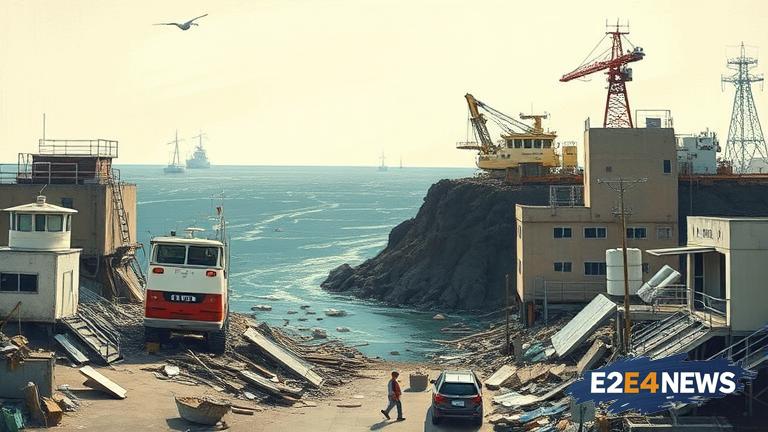The West Coast of the United States is no stranger to earthquakes, but a recent 8.8 magnitude quake in Russia has brought attention to the Cascadia Subduction Zone, a 700-mile fault that runs along the coast of Washington, Oregon, and California. The Cascadia Subduction Zone is capable of producing a massive earthquake, with some estimates suggesting it could reach a magnitude of 9.0 or higher. This type of earthquake would have a devastating impact on the region, causing widespread destruction and triggering a tsunami that could affect several states. The Pacific Mariner Environmental Laboratory, part of the National Oceanic and Atmospheric Administration (NOAA), has been monitoring the Cascadia Subduction Zone and providing critical information to help prepare for a potential disaster. Washington state, Oregon, and California are all taking steps to prepare for an earthquake, including conducting evacuation drills and developing emergency response plans. The region’s unique geology, with the Pacific plate being pushed beneath the North American plate, makes it prone to large earthquakes. In fact, the Cascadia Subduction Zone is considered one of the most significant seismic hazards in the United States. A major earthquake in this region could cause billions of dollars in damage and affect millions of people. The earthquake could also trigger landslides, liquefaction, and other secondary hazards that could exacerbate the damage. The West Coast is home to several major cities, including Seattle, Portland, and San Francisco, which could be severely impacted by an earthquake. The region’s infrastructure, including roads, bridges, and buildings, would need to be designed and constructed to withstand the forces of a large earthquake. The earthquake could also disrupt critical services, such as power, water, and communication, which could have a significant impact on the economy and public health. In preparation for a potential earthquake, residents are being encouraged to have a plan in place, including a emergency kit with food, water, and first aid supplies. They are also being advised to know their evacuation routes and to practice earthquake drills. The region’s emergency management officials are working to develop a coordinated response plan, which would involve multiple agencies and organizations. The plan would include search and rescue operations, medical response, and debris removal. The West Coast is also home to several major ports, including the Port of Seattle and the Port of Oakland, which could be affected by an earthquake. The earthquake could disrupt global trade and have a significant impact on the economy. In addition to the economic impacts, an earthquake could also have significant social and environmental impacts. The region’s natural resources, including forests, rivers, and wildlife habitats, could be affected by an earthquake. The earthquake could also disrupt the region’s cultural and historical resources, including museums, historic buildings, and archaeological sites. Overall, the West Coast is taking steps to prepare for a potential earthquake, but more needs to be done to ensure that the region is resilient and able to respond to a disaster. By understanding the risks and taking proactive steps, residents and officials can work together to reduce the impact of a potential earthquake and keep the region safe.
